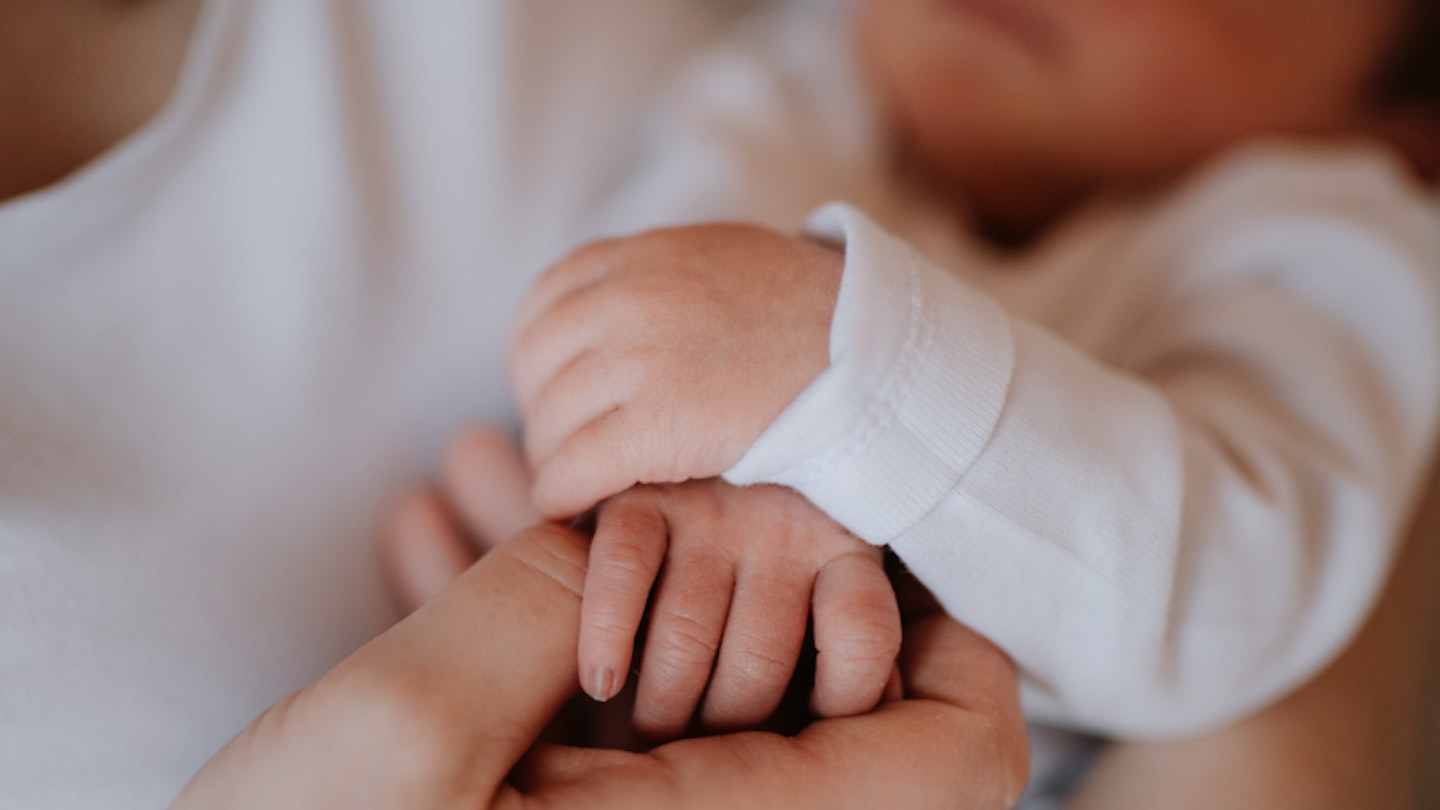Burns and scalds are common injuries to children, and each year more than 50,000 children attend hospital with burns.
The peak age for burns is in infants and toddlers between 8 and 18 months of age, where the most common cause is a burn from a hot drink.
This means that across the UK 30 babies and toddlers are taken to hospital every day for treatment of a hot drink burn.
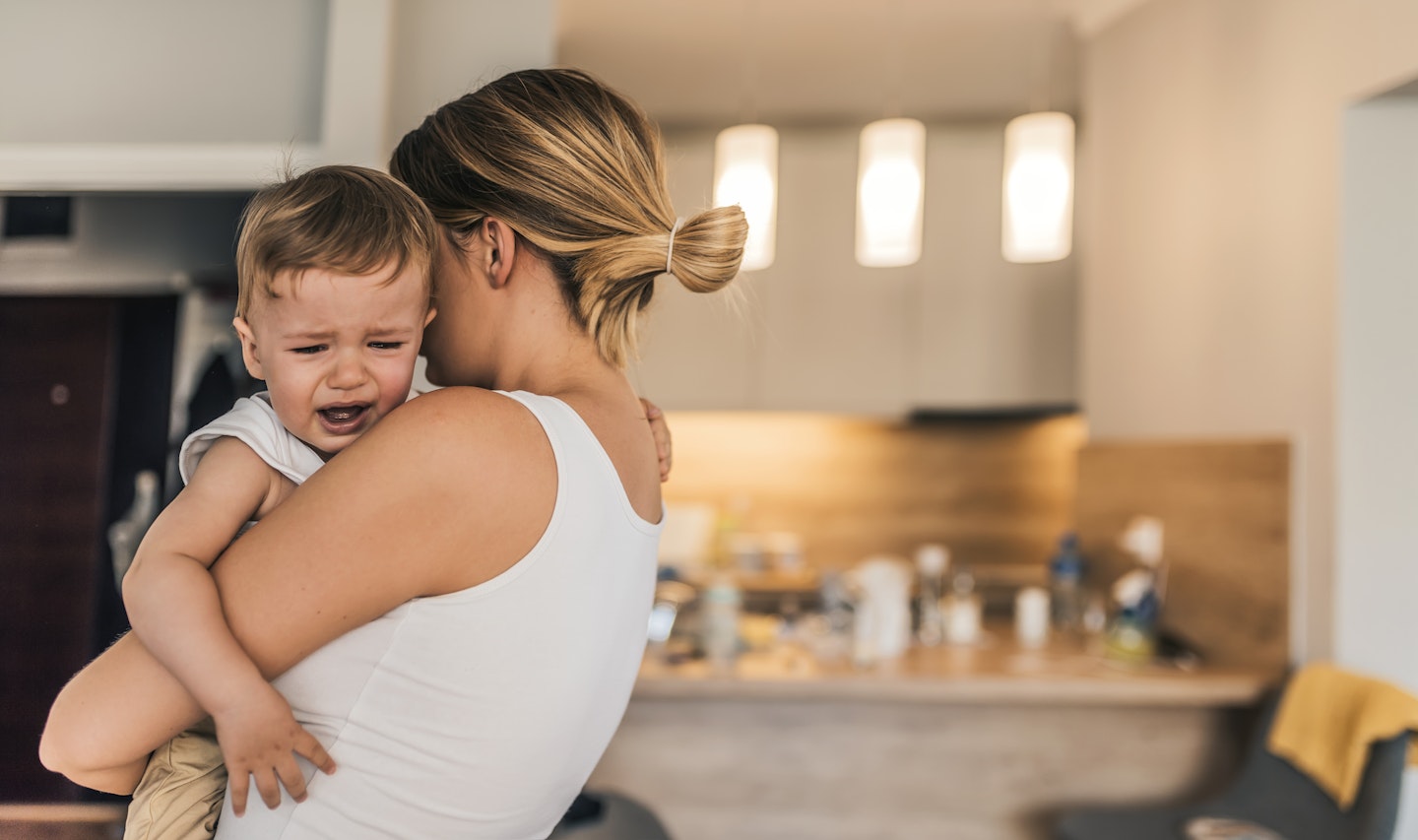
Young children are particularly vulnerable to burn injury because they are acquiring independent mobility without the awareness of danger.
Burns are more damaging in very young children whose skin is significantly thinner than adults’, allowing quicker and more serious damage from liquids at lower temperatures and from shorter exposure.
The scalds that are sustained from hot drinks are significant, and often affect a considerable area of skin on the side of the face, the chest and upper arms.
Burn injuries are preventable.
The 3 steps for the treatment of burns and scalds:
burns
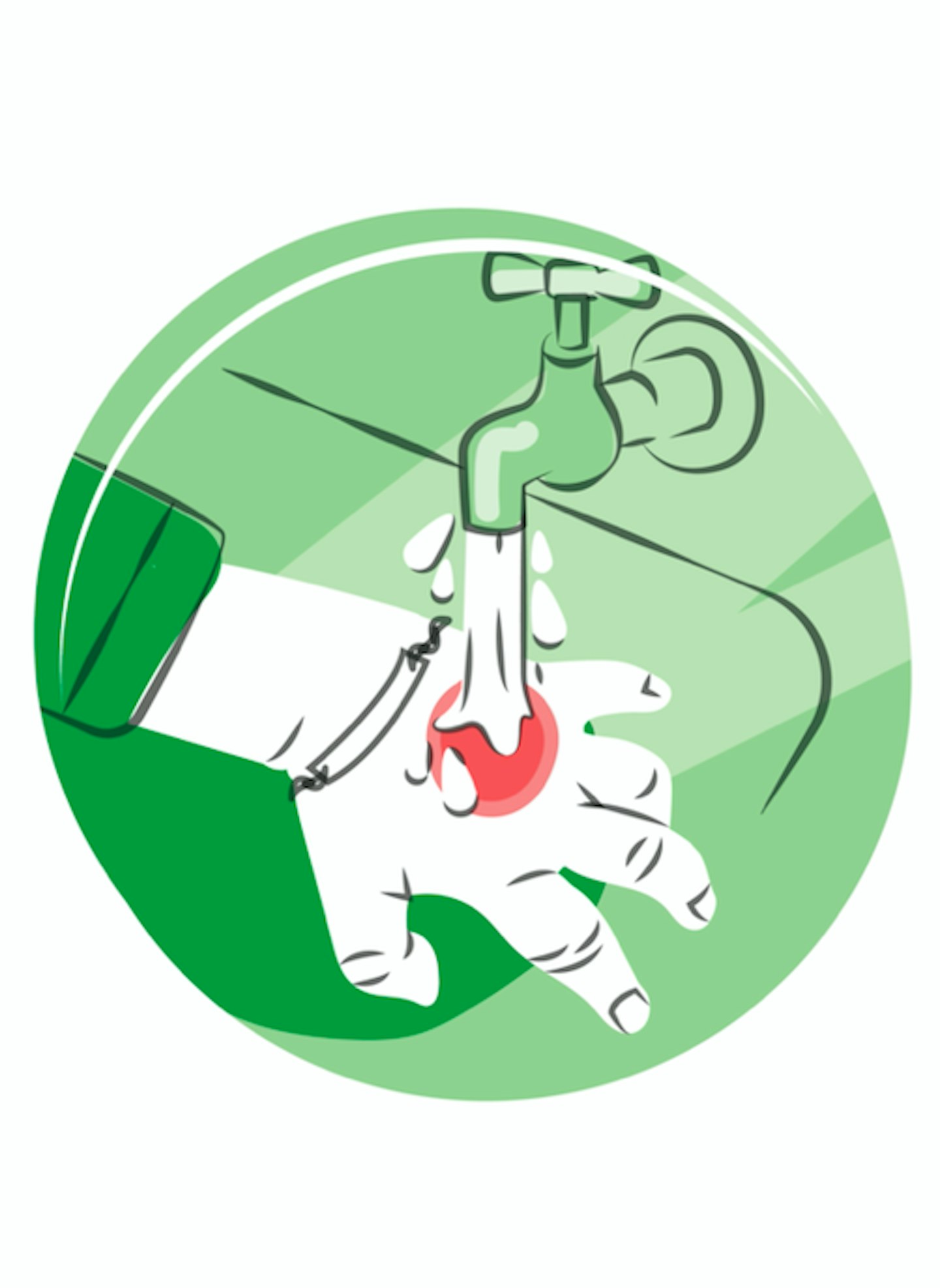 1 of 3
1 of 31) Run some water on it
Cool the burn with running cold tap water for at least 10 minutes and preferably 20 minutes.
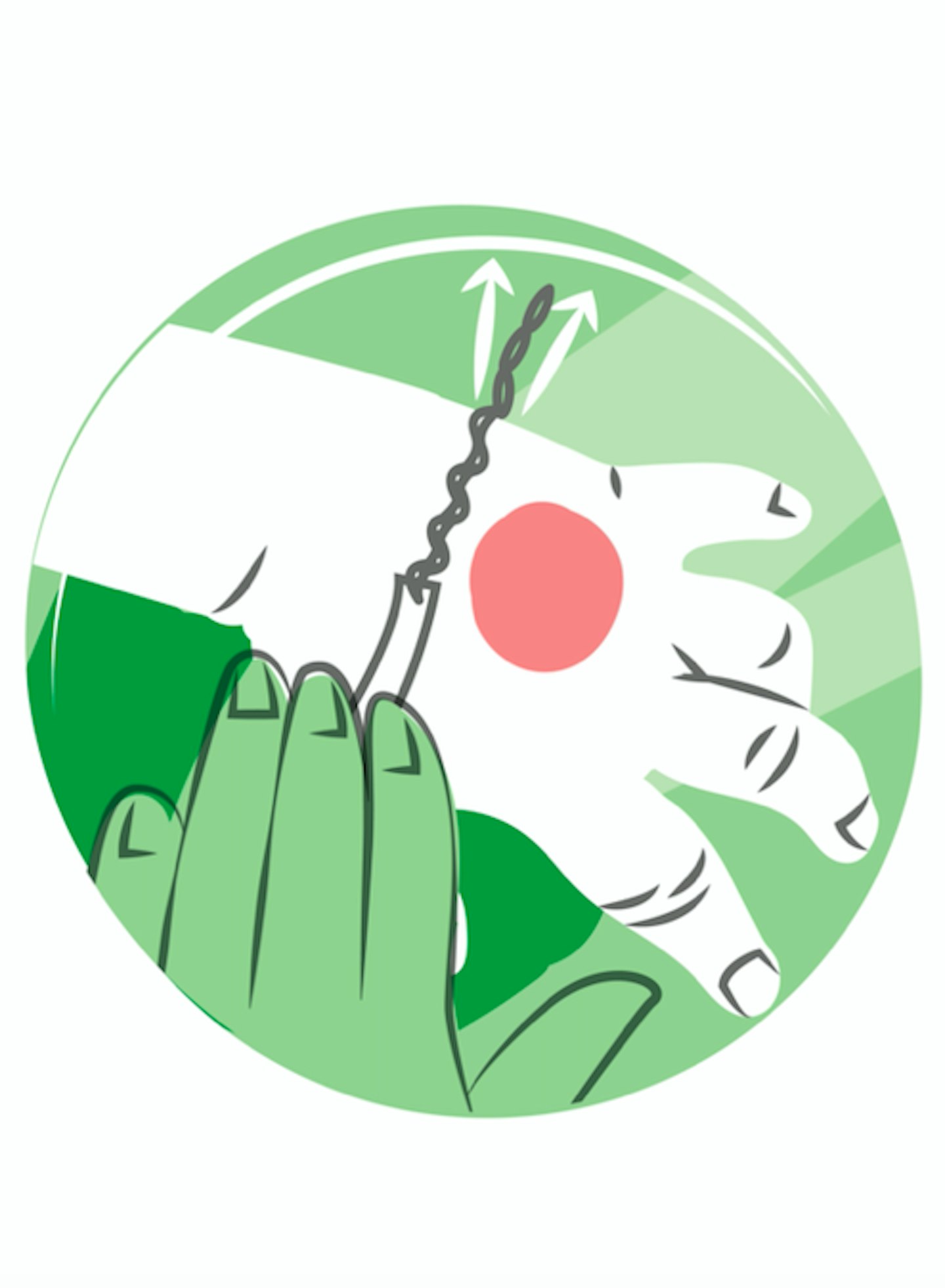 2 of 3
2 of 32) Remove anything surrounding it
Remove any clothing and jewellery near the burn (unless it is melted or firmly stuck to the wound).
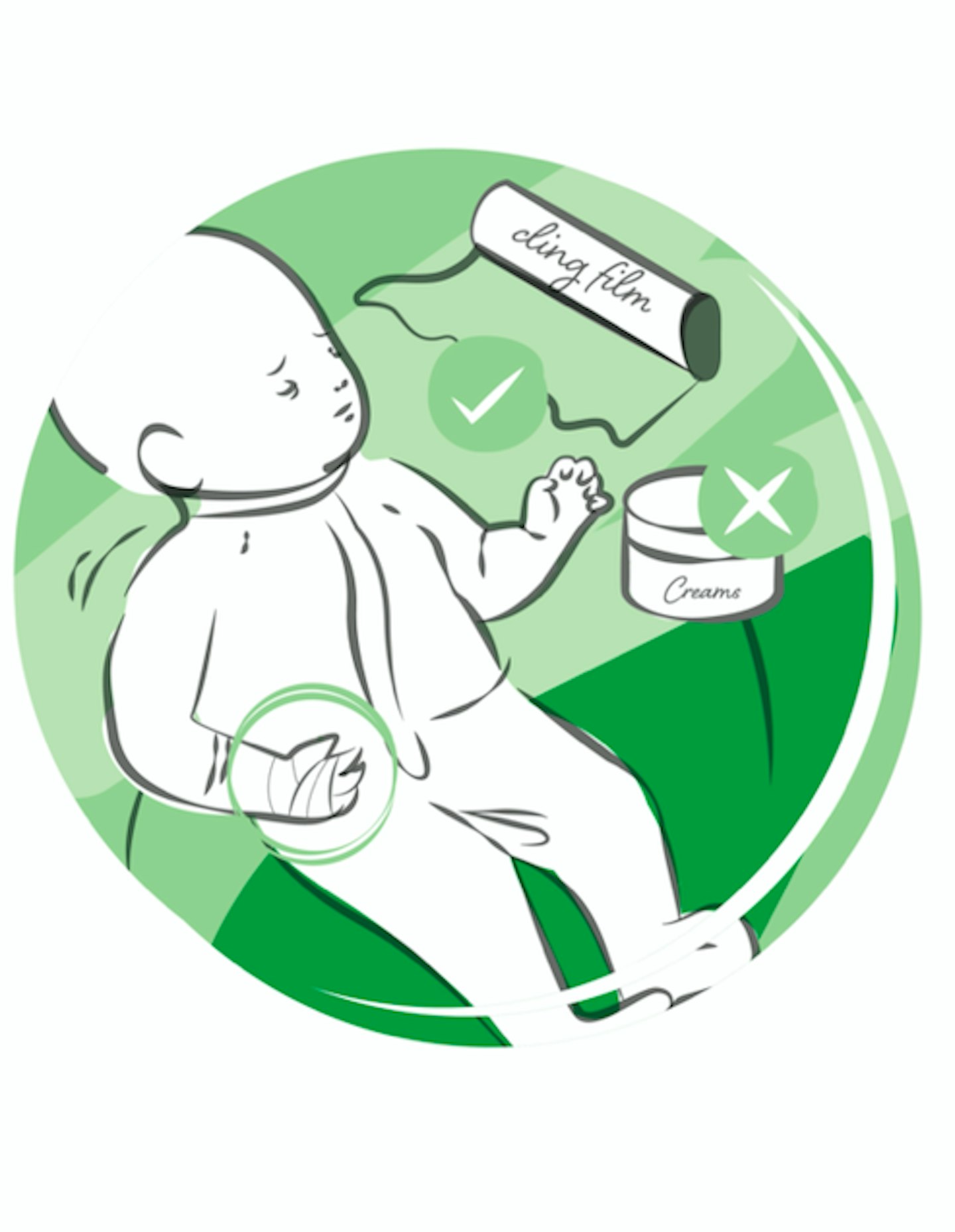 3 of 3
3 of 33) Cover it up
Cover the burn with cling film. Do not apply any creams or lotions. Make sure the patient is kept warm. If necessary call for help – 999 or 111.
The moments following a burn are the most critical time for preventing long-term damage and scarring, and that is why quick action is so important.
Do the following:
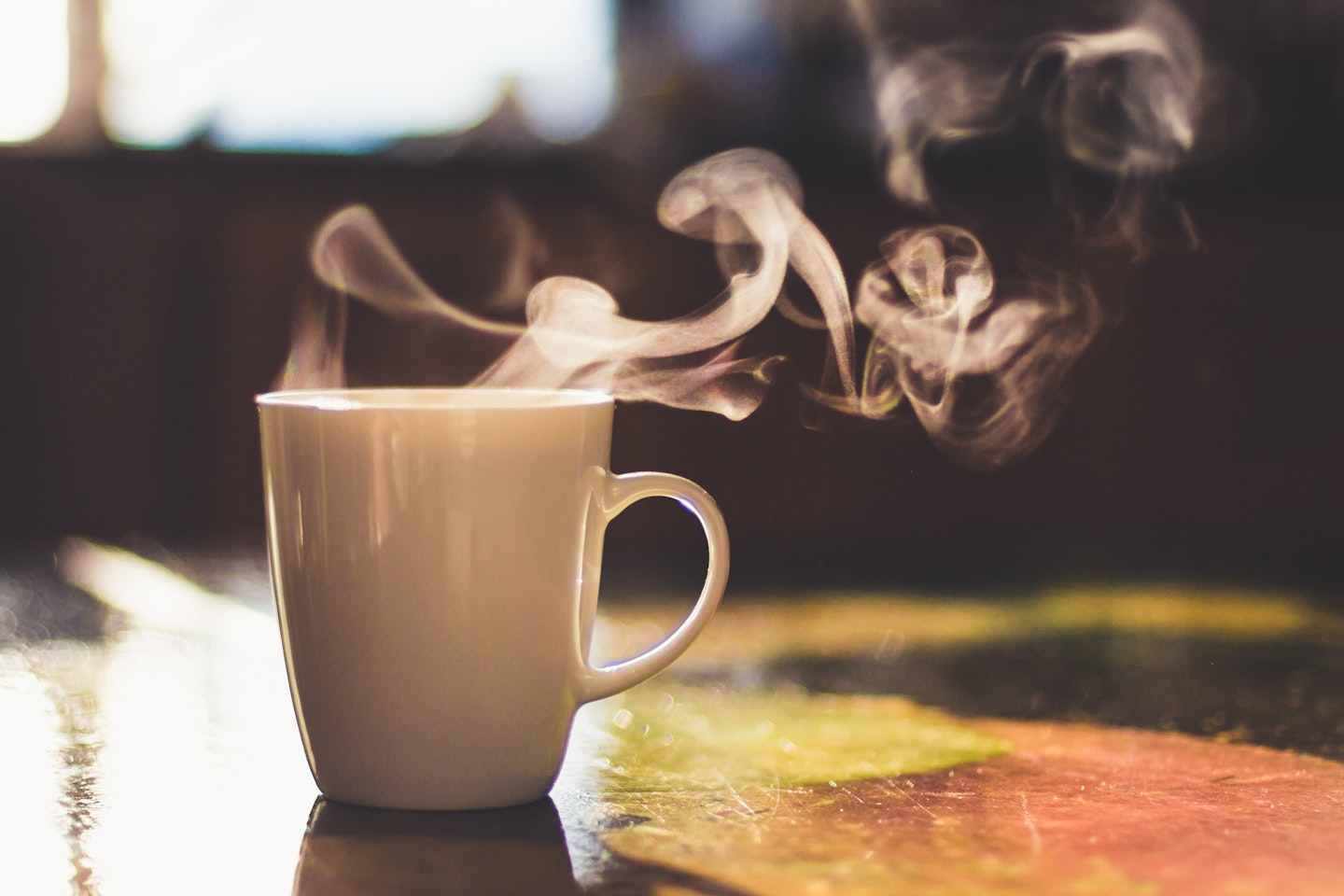
-
Install smoke alarms on each floor and test regularly
-
Keep hot drinks out of reach of babies and young children
-
Make and practice Fire Escape Plans with the whole family
-
Run COLD water in the bath or sink before adding hot water – test the temperature
-
Install thermostatic mixing valves in all hot water outlets
-
Keep saucepans at the back of the stove NOT near the front – turn handles to the back
-
Keep kettles, irons, hair straighteners or wires out of reach
-
Keep secure screens in front of open heaters & radiators
-
Store matches and lighters out of reach
-
Store chemicals, cleaners, and acids out of reach
Don't do the following:
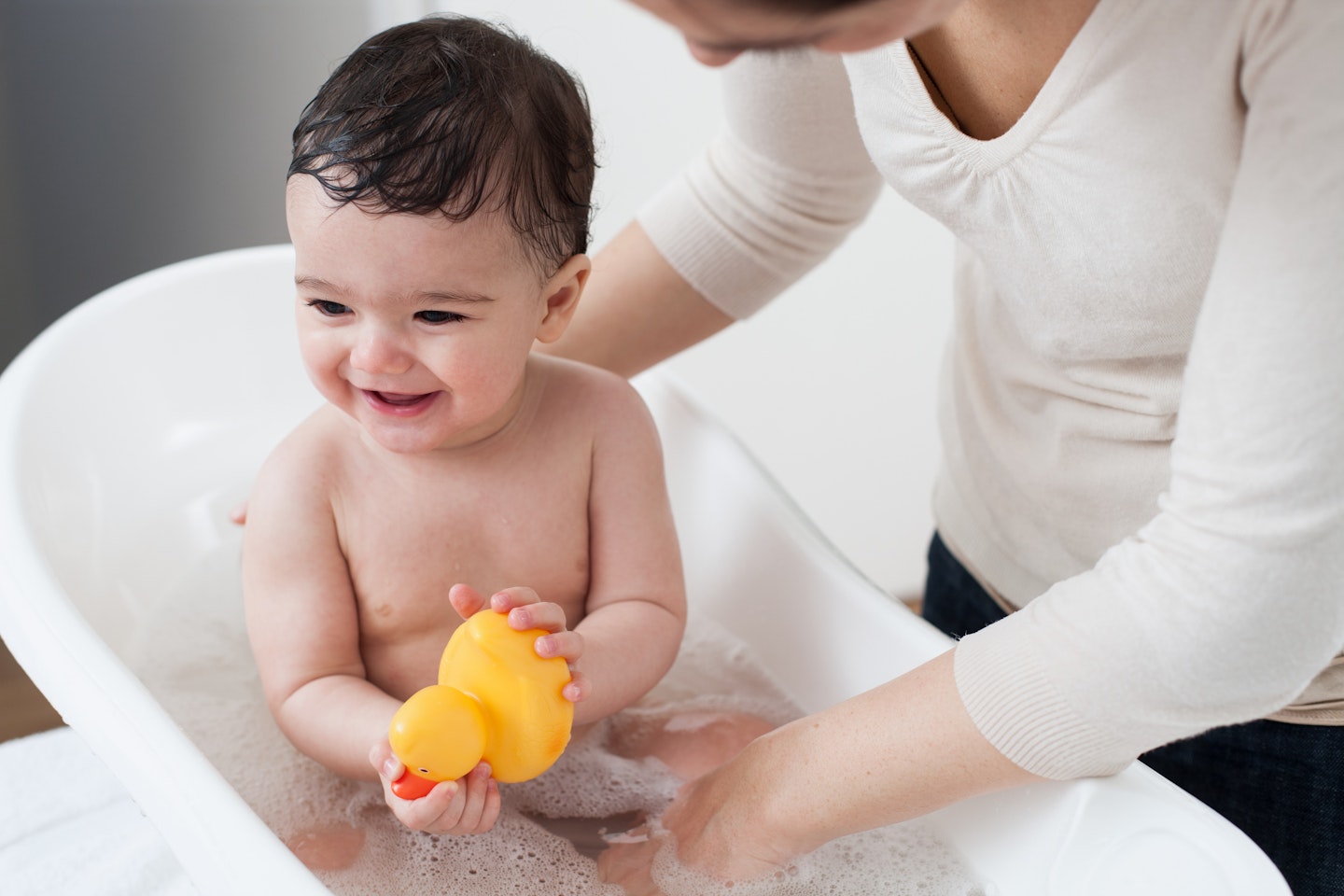
-
Drink hot drinks while nursing/holding a baby or child
-
Put a baby or child into a bath or sink until the water has been tested
-
Warm baby bottles in the microwaves
-
Leave hair straighteners unattended
-
Allow children near BBQs or garden chemicals
Mini First Aid’s 2-hour baby and Child Course covers how to prevent and treat burns in young children, giving you the First Aid knowledge required in an emergency situation.
To book a class, please visit here.
Now read:
